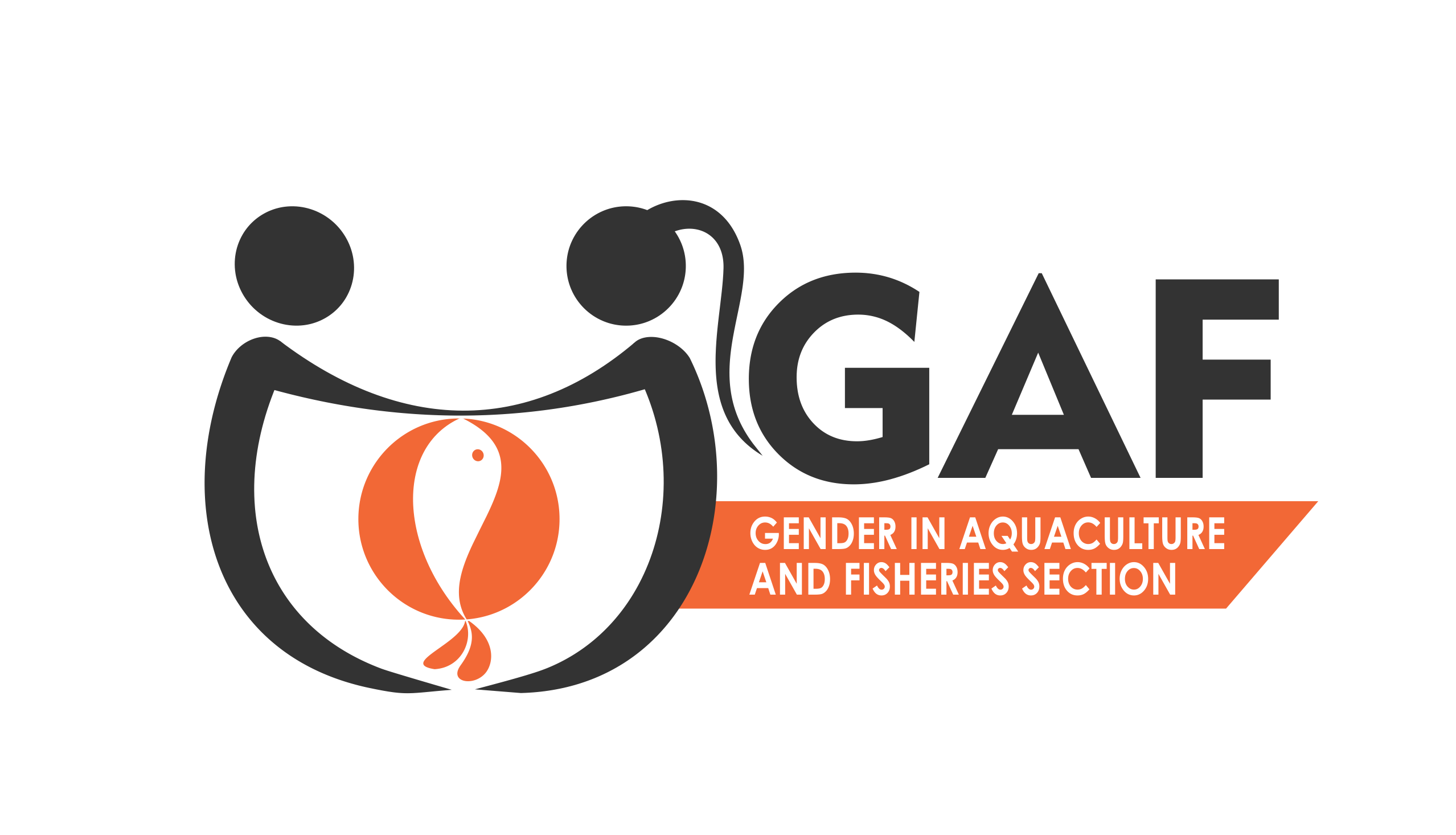Welcome to the 5th Edition of GAFS Newsletter!
This Edition includes an exciting collection of new stories and updates on various GAFS undertakings from around the globe. These are the highlights from this Edition: We’ve included several stories on GAFS contributions to global consultations and recent major events, highlighting how we continue to advocate for gender equality and create spaces to hear from fisherwomen first-hand about what they want.


























